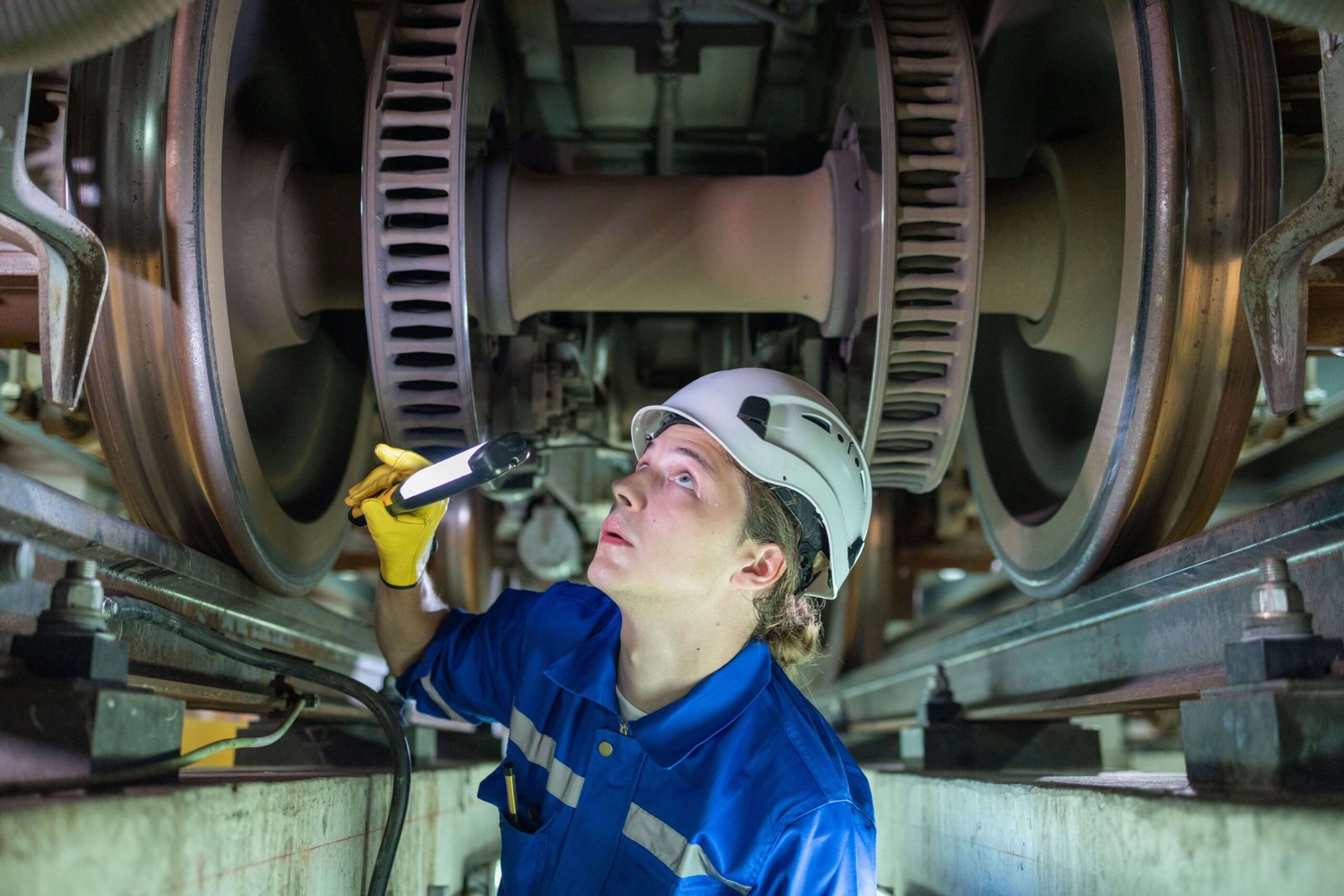
Every machined or manufactured component is affected by a combination of material qualities and external forces. The way a component reacts to heat, pressure, and mechanical processing influences its structural integrity and performance. Thermal expansion, phase transitions, and localised plastic deformation all cause internal changes that can either increase durability or create vulnerabilities. Most gear manufacturers consider these effects in order to ensure precision, dependability, and longevity in high-performance applications.
But, there are often hidden internal forces that play a crucial role in how well they perform and how long they last in high-performance gears.. Residual stresses, defined as the stresses that remain in a material after it has been manufactured, can either strengthen or weaken a gear. Every stage of the manufacturing process, including heat treatment, grinding, and machining, introduces these stresses, thus regulating them is critical to ensuring gear reliability.
For gear makers, regulating residual stresses involves more than just material integrity; it has a direct impact on fatigue resistance, load distribution, and dimensional stability. Compressive residual stresses in critical load-bearing sections can increase gear life, whereas unregulated tensile stresses can cause microcracks and catastrophic failure during cyclic loading. Advanced stress monitoring and mitigation technologies are increasingly essential for manufacturers looking to push the limits of gear performance and longevity and wanting to advance into the high-precision and performance industry.
Residual stresses in gears come from many different types of manufacturing processes and have a substantial impact on fatigue life, dimensional stability, and overall performance. It is critical to regulate these pressures to avoid premature failure, particularly in high-load applications.
Heat Treatment-Induced Stress
Carburising and nitriding processes create compressive stresses at the surface while creating tensile stresses in the core. While this increases wear resistance, poor stress distribution can cause distortion and cracking. Quenching after heat treatment, particularly rapid cooling, causes high-temperature gradients, resulting in microcracks and warping that impairs gear accuracy.
Grinding and Machining Stresses
When aggressive grinding is included, it generates a lot of heat, which causes tensile surface strains, grinding burn, and structural changes, such as the creation of a white layer. This can significantly reduce the material’s ability to resist fatigue. However, machining techniques increase stress due to factors such as tool wear, cutting rates, and chip formation. Work hardening, residual tensile strains, and uneven surfaces can all result from incorrect feed rates and tool engagement. All of these can have an impact on gear lifespan and load capacity.
Ultrasonic birefringence techniques are also a very feasible and preferable approach to detecting subsurface stress by analysing wave velocity alterations, making them perfect for determining deeper stress zones in gears. Meanwhile, eddy current analysis uses electromagnetic induction to detect stress fluctuations in hardened layers, providing real-time monitoring without destroying the component.
Impact of Residual Stresses on Gear Performance
Residual stresses are important when evaluating gear operational reliability since they affect fatigue life, crack initiation, and overall durability. Compressive residual stresses can increase fatigue resistance and delay fracture formation, but tensile residual stresses can hasten failure under cyclic loading. Improper stress distribution can cause early fracture propagation, especially in high-stress areas like root fillets, tooth sides, and bearing contact surfaces.
Stress concentration zones are like hotspots for mechanical and thermal fatigue, which can really limit how much load gears can handle. When there are uneven residual stress patterns in planetary and high-torque transmissions, it can lead to unpredictable material deformation, messing with gear alignment and speeding up wear. Plus, those stress-induced changes at the micro level can make lubrication less effective, raising the chances of micro pitting and scuffing. This connection between residual stresses and how lubrication works is particularly crucial in aerospace and high-speed applications, where any issues with surface integrity could result in serious failures.
Effective residual stress reduction is essential for extending the lifespan of gears and ensuring they maintain their shape in high-performance settings. Techniques like controlled cooling and tempering during heat treatment are key to minimizing internal stress differences, which helps reduce the risk of distortion. Additionally, low-temperature nitriding and vacuum heat treatment enhance the stress profile by avoiding excessive phase changes while keeping the structural integrity intact.
Cryogenic treatments, for instance, play a crucial role in maintaining austenite transformation, stabilizing the material matrix, and minimizing stress-related failures. Techniques for surface modification, like shot peening and laser peening, generate beneficial compressive residual stresses that enhance fatigue resistance. Moreover, advanced methods such as pulsed plasma and deep rolling help distribute stress more effectively, boosting the longevity of gears even under heavy loads. In the realms of machining and finishing, adaptive grinding processes that utilize minimum quantity lubrication (MQL) and optimized wheel speeds are key to preventing surface overheating. Meanwhile, high-precision superfinishing works to eliminate any stress-inducing irregularities, ensuring a consistent stress profile that guarantees reliable gear performance.
Conclusion
For gear manufacturers, managing residual stress is crucial for ensuring longevity and reliability. When stresses aren’t properly controlled, it can lead to fatigue failure and dimensional instability. On the flip side, optimizing compressive stresses can enhance wear resistance and boost fatigue strength. Mastering residual stress control is about more than simply preventing failures; it’s about opening up new options for gear performance and manufacturing efficiency. Manufacturers may push the frontiers of durability, lightweight, and high-load capacity by combining modern measurement techniques and AI-driven stress prediction.
By integrating advancements, manufacturers can significantly enhance gear performance, making sure they last longer and work efficiently even under heavy loads.